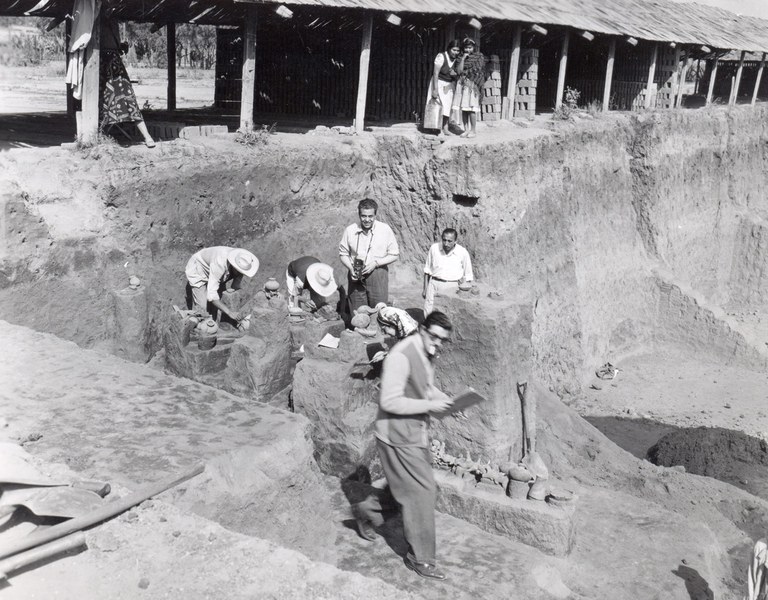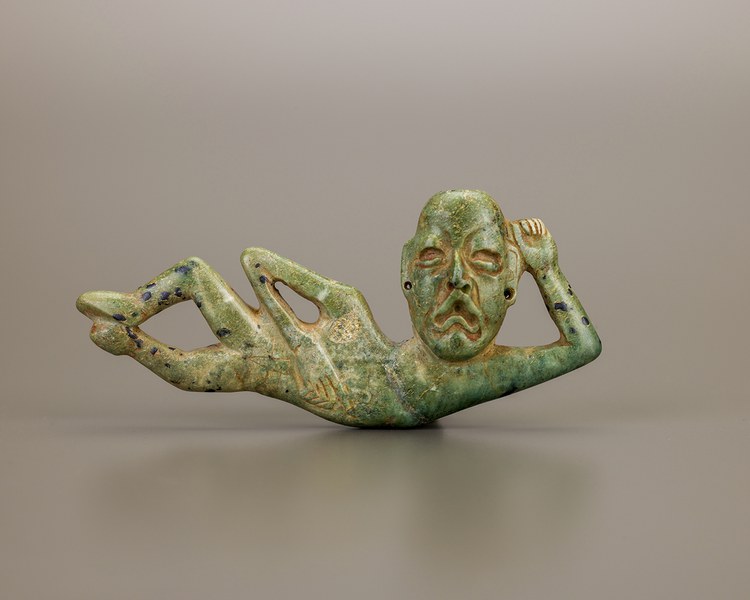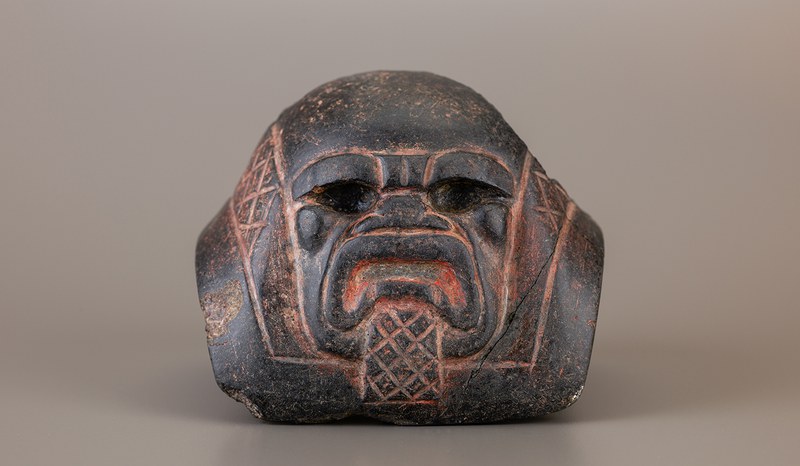
Olmec Art at Dumbarton Oaks
Karl A. Taube
Originally published in 2004, Olmec Art at Dumbarton Oaks presents the Olmec portion of the Robert Woods Bliss Collection of Pre-Columbian Art. This revised digital edition features new object photography, four new catalogue entries, an expanded introductory essay, and an updated bibliography.
The body of Pre-Columbian art that Robert Bliss carefully assembled over a half-century between 1912 and 1963, amplified only slightly since his death, is a remarkably significant collection. In addition to their aesthetic quality and artistic significance, the objects hold much information regarding the social worlds and religious and symbolic views of the people who made and used them before the arrival of Europeans in the New World.
The majority of the Olmec objects in the collection are made of jade, the most precious material for the peoples of ancient Mesoamerica from early times through the sixteenth century. Various items such as masks, statuettes, jewelry, and replicas of weapons and tools were used for ceremonial purposes and served as offerings.
Karl A. Taube brings his expertise on the lifeways and beliefs of ancient Mesoamerican peoples to his study of the Olmec objects in the Bliss Collection. His understanding of jade covers a broad range of knowledge, from chemical compositions to geological sources, to craft technology, to the symbolic power of the green stone. Throughout the study, he emphasizes the role of jade as a powerful symbol of water, fertility, and, particularly, of the maize plant, which was the fundamental source of life and sustenance for the Olmec. The shiny green of the stone was analogous to the green growth of maize. This fundamental concept was elaborated in specific religious beliefs, many of which were continued and expanded by later Mesoamerican peoples, such as the Maya. Taube employs his substantial knowledge of Pre-Columbian cultures to explore and explicate Olmec symbolism in this catalogue.
Acknowledgments
For this revised, online edition of my original Olmec Art at Dumbarton Oaks, I am first and foremost grateful to the staff at Dumbarton Oaks for inviting me to participate in this project and facilitating it in every way. I especially want to thank Sara Taylor, Lain Wilson, and Juan Antonio Murro, along with John Tsantes for producing the new detailed photographs of these remarkable objects in the Dumbarton Oaks Collection. I am also grateful to Phillip Arnold, Michael D. Coe, Billie Follensbee, George Harlow, Heather Hurst, Stephen Houston, Mary Dell Lucas, Mary Ellen Miller, Christopher Pool, David Stuart, Rhonda Taube, Javier Urcid, and Carl Wendt for their invaluable help and guidance with this project.
—Karl A. Taube, October 2020


